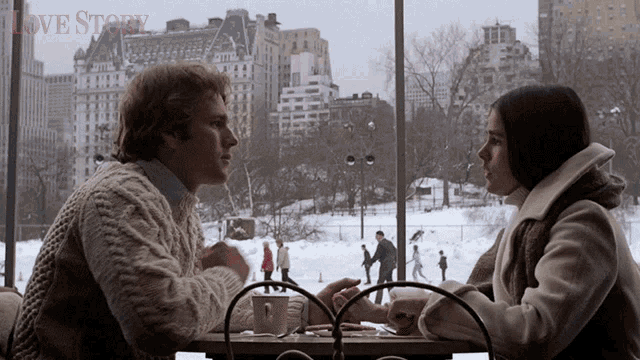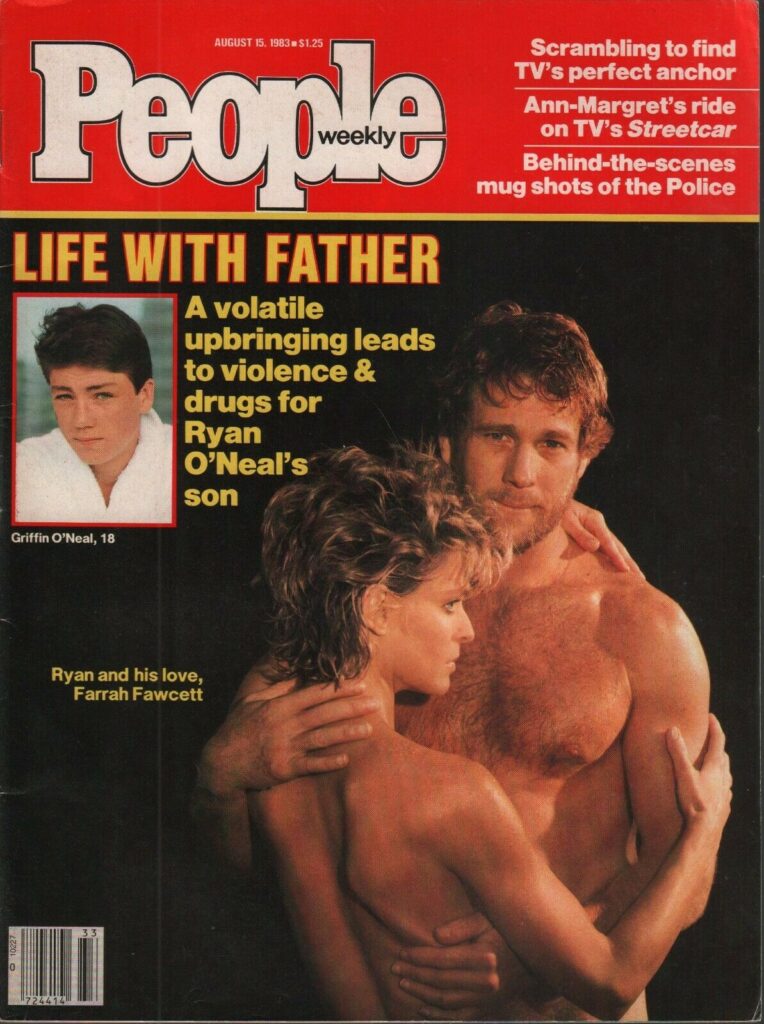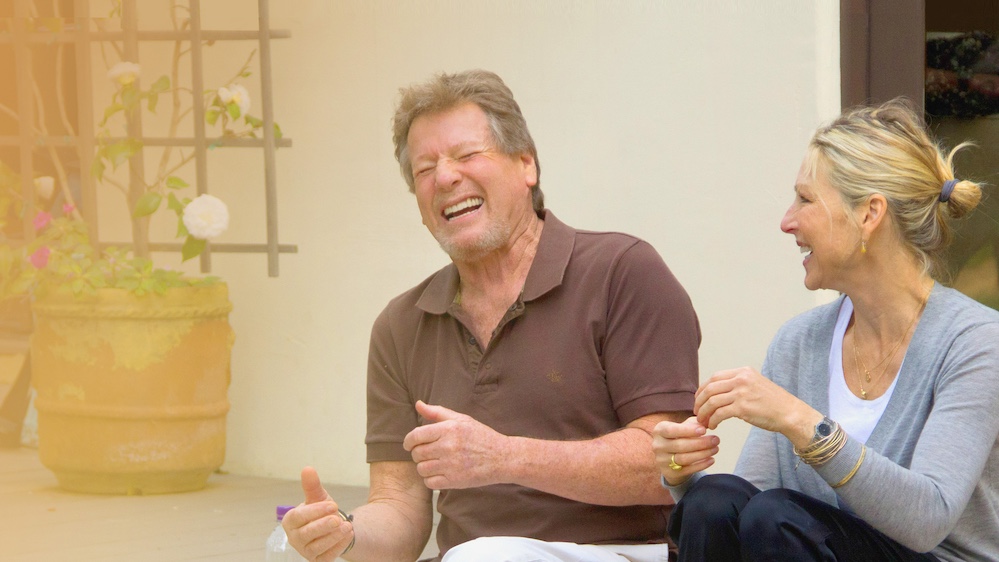Ryan O'Neal's acting career began in 1960, with a bit part on The Many Loves of Dobie Gillis.

It is interesting to think of him on shows like that and Leave It to Beaver, on which he appeared in 1961, considering the mega-star he became a decade later, but it was TV that brought him to national attention.

In 1964, just over three years after he left boxing for acting, the golden-haired golden boy was cast as Rodney Harrington on the nighttime soap Peyton Place, a phenomenally popular TV version of the hit film. Opposite Mia Farrow, herself an up-and-comer, he toiled for over 500 episodes, becoming a familiar face in search of a bigger vehicle.
"Rest in peace dear Ryan," Farrow tweeted after his death.
He also worked with future wife Leigh Taylor-Young on the series.
"Impossible to believe that Ryan O’Neal is gone," Peyton Place co-star Lee Grant wrote. "I felt so welcomed by his Peyton Place, the first big production brave enough to welcome me back from the blacklist. An incredible talent, an incredible beauty. A gift of an artist we’re lucky to have so much of captured forever."

His first movies were The Big Bounce (1969) and The Games (1970), but there were swept aside by the surprise smash Love Story (1970). Adapted as a feature when the best-selling novel from which it came had only been out a few months, the sappy melodrama about a star-crossed couple from opposite sides of the tracks who fall madly in love before she (Ali MacGraw) succumbs to a terminal illness was grossed 50 times its $2M price tag.
In the process, Love Story became one of the biggest hit films of the '70s, a magnet for parodies, and made O'Neal a household name.
"Love means never having to say you're sorry" was the line made famous by MacGraw, but it didn't apply to O'Neal, whose real-life personal drama certainly overshadowed his inarguable success on the big screen.
Known to be temperamental, even controlling and violent, not to mention to invite his kids to use drugs, O'Neal's reputation was at odds with his sunny screen persona, used to perfection in his friend Peter Bogdanovich's screwball comedy What's Up, Doc? (1972), opposite Barbra Streisand.
"So sad to hear the news of Ryan O’Neal’s passing," Streisand wrote on social media Friday. "We made two films together, What’s Up, Doc? and The Main Event. He was funny and charming, and he will be remembered."
He was even better Paper Moon (1973), Bogdanovich's Depression comedy shot in black-and-white that paired O'Neal with his 9-year-old daughter, Tatum. It was Tatum who took Oscar gold (she'd since turned all of 10), inviting her father's resentment and jealousy, which she wrote about many years later in her memoir A Paper Life (2014).
Though it took a grueling year to shoot, O'Neal's work in Stanley's Kubrick's misunderstood Barry Lyndon (1975) is now understood to have been his career-best, but his career was backsliding within a few years.
He made Nickelodeon (1976) for Bogdanovich and appeared in A Bridge Too Far (1977), The Driver (1978) and, much to his nonetheless enriched chagrin, starred in the Love Story sequel Oliver's Story (1978), which included a generous nude scene.

His second Streisand film, The Main Event (1979), was critically panned but an audience-pleasing bit of fluff.
Among his '80s fare, So Fine (1981), Partners (1982), Irreconcilable Differences (1984), Tough Guys Don't Dance (1987) and especially Chances Are (1989) had moments that harkened back to O'Neal in his prime.

After failing to convert fans' interest in his relationship with Farrah Fawcett into ratings for their series Good Sports (1991), he went on to make such films as Faithful (1996), Zero Effect (1998), and Terrence Malick's Knight of Cups (2015).
On TV, he appeared in many TV movies and on such shows as Desperate Housewives (2005), 90210 (2010), Miss Match (2003) and Bones (2006-2017).
He even appeared on eight episodes of a reality series about patching things up with estranged daughter Tatum for OWN, but Ryan & Tatum: The O'Neals (2011) was hardly a great achievement.
O'Neal published Both of Us: My Life with Farrah in 2012, three years after she died of cancer, and mined his Love Story fanbase by touring in a production of Love Story opposite Ali MacGraw in 2015.

O'Neal, who was born April 20, 1941, in L.A., was married to actress Joanna Moore from 1963-1967, with whom he had Tatum (b. 1963) and Griffin O'Neal (b. 1964). She died at 63 in 1997. He was then wed to actress Leigh Taylor-Young (b. 1945) from 1967-1974, fathering Patrick O'Neal (b. 1967) with her. He was with Fawcett off and on for 20 years, and they had Redmond Fawcett O'Neal (b. 1985).

In addition to his kids, he is also survived by five grandchildren.
In spite of being known as a tough person, O'Neal was remembered warmly by some, including '50s sex kitten Mamie Van Doren, who tweeted, "A heavy heart today at the news my friend Ryan O'Neal has died. I know he had been in poor health for some time. The last time I saw Ryan was at a 4th of July party at his home in Malibu. Ryan was a good man. He had a lot of negative publicity in his life, but I found him to be concerned and sympathetic. And a caring and loving father. Take him for all and all, we shall not look upon his like again. Rest in peace, Ryan. May flights of angels sing you to your rest."





